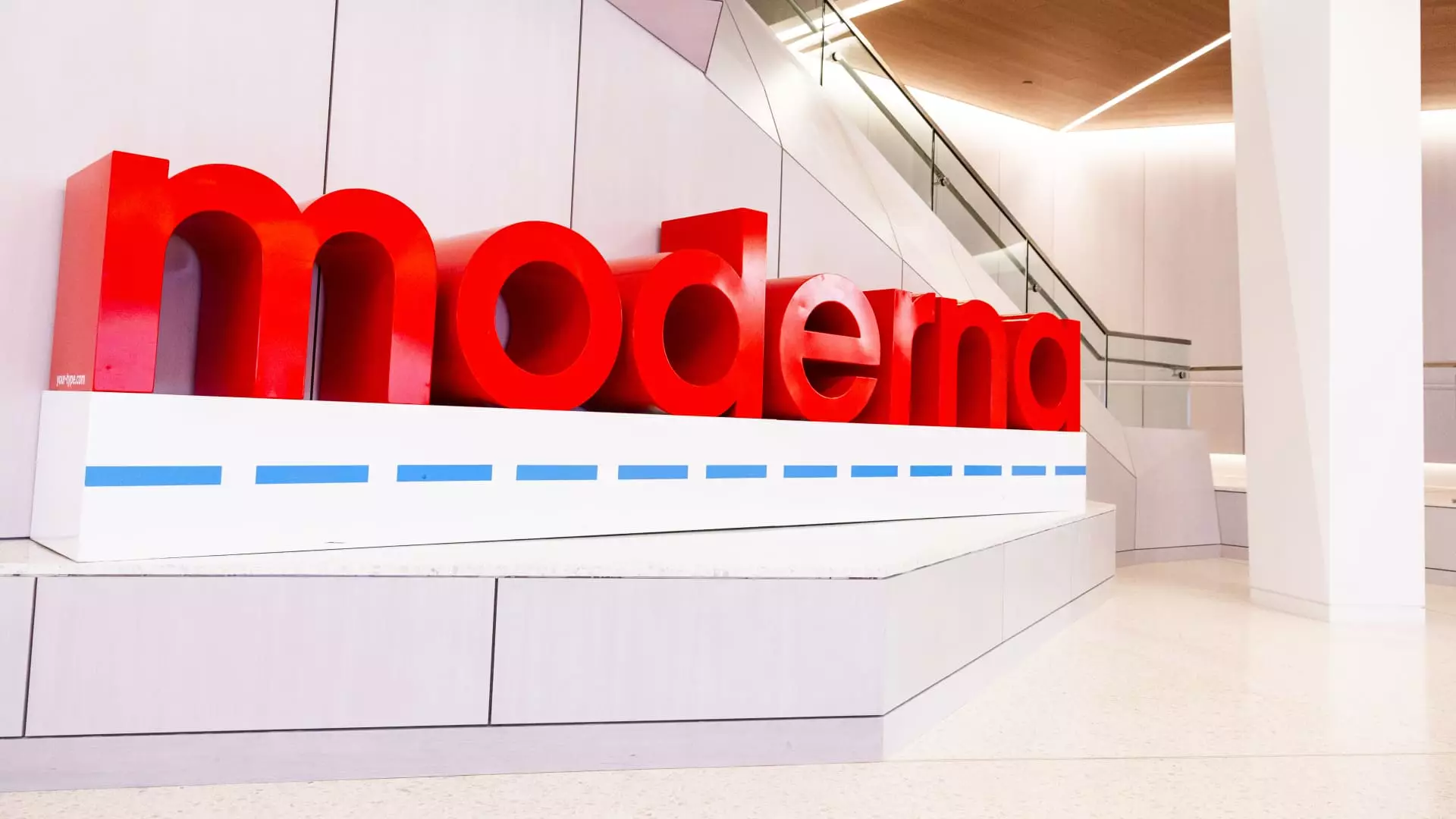Moderna, the well-known biotech firm, reported unexpected profitability for the third quarter, countering negative expectations from Wall Street analysts. With a net income of $13 million, which translates to 3 cents per share, the company reversed a significant loss of $3.63 billion, or $9.53 per share, from the same time last year. This feat underscores Moderna’s efforts to restructure its financial operations amid the rapidly changing market environment, particularly following the decline of its Covid-19 vaccine sales.
Moderna’s management has been making concerted efforts to reduce operational expenses, aided by a strategic aim to save approximately $1.1 billion by 2027. This commitment is particularly vital as the company transitions away from a Covid-centric business model. By recalibrating its approaches, Moderna not only managed to bolster its financial results but also laid the groundwork for sustaining its relevance in the competitive biotech landscape.
For the first time, Moderna’s third-quarter results reflected sales from its respiratory syncytial virus (RSV) vaccine, marking a significant diversification of its product offerings. The company is advancing towards securing approval for its next-generation Covid vaccine, along with a combination vaccine targeting both Covid and influenza, before the end of this year. Such moves signify an aggressive pivot towards addressing broader respiratory illnesses while reducing its heavy reliance on the Covid vaccine.
CEO Stéphane Bancel credited the company’s earlier approval of the latest Covid vaccine as a pivotal factor in achieving impressive sales figures. The quicker entry into the market enabled Moderna to distribute doses more widely and effectively than in prior instances. In fact, the company dispatched twice the amount of vaccine during its launch week compared to the previous year. This operational advantage indicates Moderna’s responsiveness to demand fluctuations in the market, vital for retaining and capturing market share in a post-pandemic world.
When analyzing Moderna’s financials, the most notable takeaway is its revenue, which hit $1.86 billion, exceeding analysts’ expectations of $1.25 billion. A substantial portion of this income stemmed from its Covid vaccine sales, amounting to $1.2 billion in the U.S. alone and approximately $600 million internationally. The RSV vaccine contributed an additional $10 million, reflecting its recent introduction into the market.
However, it is worth noting that this RSV vaccine underperformed compared to expectations, which had forecasted sales around $132 million. Industry experts suggest that this could be attributed to the timing of the vaccine’s approval, which arrived later in the contracting season. As many vaccine distributors had already finalized their orders, this severely limited initial sales. Furthermore, with regulatory approvals in several regions including the U.S. and the European Union, the RSV shot’s expansion options remain promising.
Despite the positive earnings announcement, Moderna faces hurdles ahead, including a sagging stock price, down nearly 50% this year. Investors are apprehensive regarding the company’s post-Covid strategy and how it aims to regain momentum. The decline reflects concerns over the sustainability of revenue streams amidst emerging competition and evolving consumer behavior.
Moderna’s reliance on its messenger RNA (mRNA) technology could be a double-edged sword; while it has proven successful for Covid and RSV, the biotechnology firm’s future depends heavily on its ability to innovate. Currently, Moderna has an impressive pipeline of 45 products in development, with a goal of bringing at least 10 to market within the next three years. This includes advancements in a personalized cancer vaccine and standalone flu shot, which could present promising opportunities for revenue growth.
In the third quarter, Moderna managed to significantly cut costs, with the cost of sales decreasing to $514 million—down 77% from the prior year. This reduction was facilitated by write-downs of unused Covid vaccine doses and streamlining manufacturing operations. Research and development expenses also fell by 2% to $1.1 billion, highlighting a shift in resource allocation.
As the company continues this path of fiscal restraint, their broader strategic adjustments may prove invaluable for navigating the post-pandemic landscape. By reinforcing its market position with innovative products while slashing excessive costs, Moderna’s road to recovery seems poised for a methodical, albeit challenging, ascent into the future. As healthcare landscapes evolve, the firm’s adept handling of its operations will be crucial in defining its next chapter.

